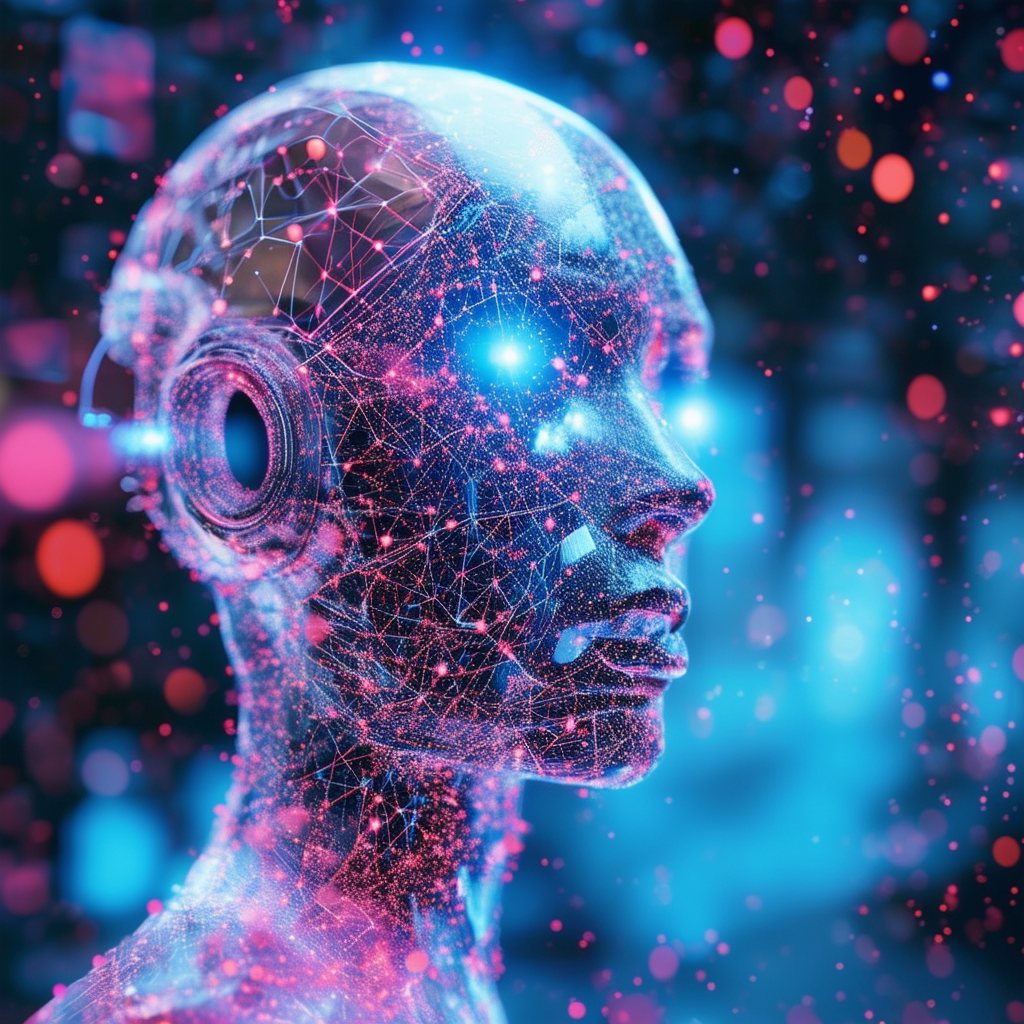
Generative AI has rapidly transformed industries, redefining how content is created, consumed, and shared. Early AI tools primarily focused on singular modalities, such as text generation or image synthesis.
Today, multimodal generative AI is taking center stage, integrating diverse forms of media—text, images, audio, and video—to create cohesive, dynamic outputs for a variety of applications.
This revolutionary technology is empowering creators, businesses, and educators with unprecedented levels of efficiency and creativity.
What is Multimodal Generative AI?
Multimodal generative AI refers to systems capable of processing and generating content across multiple media types. Unlike traditional models, which excel in isolated areas like text-to-text or image-to-image tasks, multimodal AI seamlessly combines these capabilities.
For example, it can generate a blog post accompanied by relevant visuals, produce a video with custom narration, or create interactive learning experiences blending text, sound, and imagery.
This innovation is powered by advanced neural networks like OpenAI’s GPT models, Google’s Gemini, Stability AI’s diffusion systems, and more. By training on massive datasets encompassing varied media formats, these systems excel at understanding and generating cross-modal content.
Why Multimodal AI Matters?
The emergence of multimodal AI is a game-changer, offering transformative benefits across industries:
Immersive User Experiences: Multimodal AI can deliver interactive and personalized content, such as educational materials that combine text, visuals, and narrated audio for maximum impact.
Time and Cost Efficiency: Businesses save significant time and resources by automating complex, multi-format content creation. Marketing campaigns, for instance, can include AI-generated text, graphics, and videos tailored to target audiences.
Expanding Creative Horizons: Artists, creators, and educators can explore new possibilities by integrating diverse media elements into their work, democratizing access to advanced content creation tools.
Witlly: A Leading Example of Multimodal Generative AI.
Witlly exemplifies the power of multimodal AI, offering a platform that enables users to create high-quality content effortlessly across various media. It integrates a wide array of cutting-edge APIs to deliver superior results:
Text Generation: Witlly leverages OpenAI’s GPT, Google’s Gemini, and Anthropic’s Claude APIs to produce compelling text for blogs, articles, and marketing copy.
Image Creation: With APIs from DALL-E, Stability AI, Flux AI, Unsplash, and Pexels, users can generate custom visuals or source high-quality images for any context.
Audio Content: Witlly integrates ElevenLabs and Whisper to craft lifelike voiceovers, narrations, and custom audio experiences.
Video Production: Witlly integrates Heygen as an AI avatar generator and will soon incorporate Minimax, Luma, and Runway APIs to provide text-to-video capabilities.
Interactive Media: With transcription services, chatbot development, and other AI-driven tools, Witlly offers an all-in-one platform for creators and businesses alike.
This seamless integration makes Witlly a powerful example of how multimodal AI can democratize access to advanced content creation technologies.
Applcations of Multimodal AI
Multimodal AI is reshaping industries and inspiring new applications:
Education: Deliver interactive lessons that integrate visuals, text, and audio to cater to diverse learning styles.
Marketing: Generate complete campaigns with AI-written ad copy, custom-designed images, and video advertisements.
Entertainment: Develop scripts, animations, and soundtracks for movies, video games, and virtual reality projects.
Healthcare: Enhance patient communication with AI-generated multimedia explanations of medical procedures or diagnoses.
Challenges and the Road Ahead
While multimodal AI holds immense promise, challenges remain. Ethical concerns, such as misuse or biases in training data, require careful attention. Additionally, the high computational demands of these systems can limit accessibility for smaller organizations.
Nevertheless, ongoing advancements and collaborations among tech innovators continue to address these obstacles. Platforms like Witlly exemplify the potential of multimodal AI to break down barriers, making sophisticated content creation tools accessible to all.
Conclusion
The rise of multimodal generative AI marks a pivotal moment in the AI revolution. By seamlessly blending text, visuals, audio, and video, this technology is transforming how we create, communicate, and connect. Platforms like Witlly demonstrate the immense potential of this innovation, making advanced generative capabilities accessible to everyone.
As we embrace this new era, the possibilities for creativity and efficiency are boundless. Whether you’re a content creator, a business owner, or a curious explorer of technology, multimodal generative AI offers a glimpse into a future where imagination meets innovation.



